By Simon Staton, client management director at Venson Automotive Solutions
Fleet drivers could be forgiven for thinking that there is only one alternative to an internal combustion engine (ICE) vehicle, and that is electric.
Afterall, in the Government’s ZEV (zero emission vehicle) mandate regulations paper, hydrogen doesn’t get a mention until page 32.
Bearing in mind our legal obligations to achieve net zero by 2050 and knock-on corporate sustainability targets fleet managers should keep an open mind and stay abreast of all the options.
Given the backseat hydrogen has been given though, it can be tricky to keep pace with hydrogen vehicle technology and what could be best for fleets and the environment in the future.
On the face of it there are many advantages to driving a hydrogen car. One of the biggest benefits is that they produce zero emissions on the road apart from water, but scratch beneath the surface and that positive turns on its head if the ‘right’ hydrogen is not used.
Emissions from the exhaust might be zero, but there are significant environmental challenges with producing hydrogen on an industrial scale.
So, what is the right hydrogen? Unlike blue hydrogen which produces Co2 in production which requires carbon capture, or black hydrogen which requires coal or lignite in the hydrogen making process, green hydrogen, created using green energy, is the cleanest.
According to the World Economic Forum “Green hydrogen is the only type produced in a climate-neutral manner, meaning it could play a vital role in global efforts to reduce emissions to net zero by 2050”.
The good news is that BP announced a $12.5m investment in hydrogen electrolyser specialist Advanced Ionics with technology, which is expected to help reduce the cost of, and electricity requirements for, green hydrogen production in the longer term.
Some argue however, that green hydrogen only comes into its own when combined with CO₂ and turned into a synthetic fuel.
According to Bosch by using greenhouse gas as a raw material in the production of synthetic fuels, 2.8 gigatons of CO₂ could be saved by 2050.
Ansgar Christ, synthetic fuels expert at Bosch, said: “These fuels not only allow us to give new vehicles a net zero carbon footprint, but also the existing vehicles, around 1.4 billion worldwide.”
Meanwhile Porsche CEO, Oliver Blume, said: “eFuels can enable all vehicles to play a role in reducing CO₂, regardless of the powertrain type. They don’t have to be converted or retrofitted. They can be offered as an admixture or alone at all filling stations.”
Fleet professionals thinking this sounds too good to be true are right.
Currently producing green hydrogen to make e-fuels is eye-wateringly expensive, but there is hope on the horizon.
As the world continues investing in green energy, like solar, hydrogen and wind – all used to make green hydrogen, the respected Potsdam Institute for Climate Impact Research says that eventually €1 per litre production is feasible.
By comparison, unleaded petrol in the UK today costs around £1.50 per litre.
Despite progress though, currently, hydrogen cars aren’t quite viable for the fleet drivers. There are too few filling stations, and the hydrogen itself isn’t yet commercially or environmentally viable to produce at scale.
Until the infrastructure and hydrogen production methods have become more feasible the drive towards electric will remain key.
In the meantime, fleet managers who want to learn more about the future of hydrogen can read Venson’s free white paper ‘The Big Hydrogen Question’, which explores the role hydrogen will play in the transition to cleaner road transport.


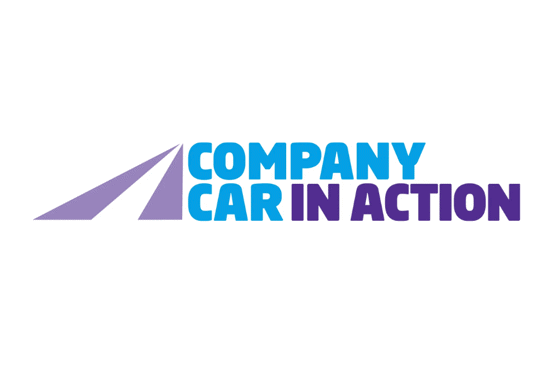
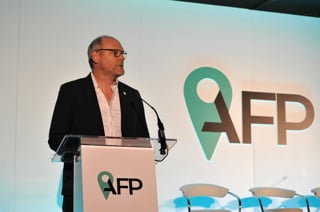

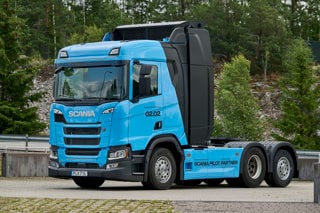

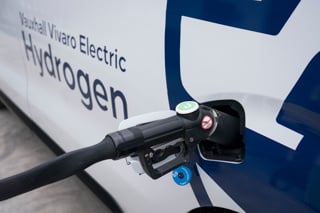

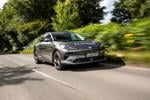








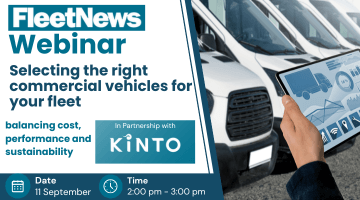
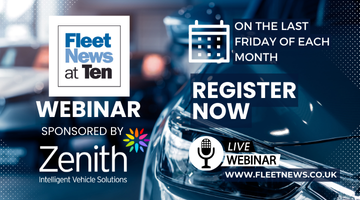
Login to comment
Comments
No comments have been made yet.